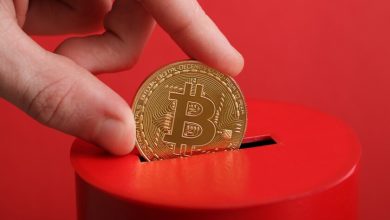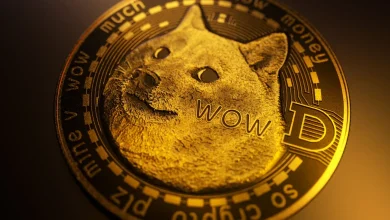The Psychology of FOMO in Crypto Trading
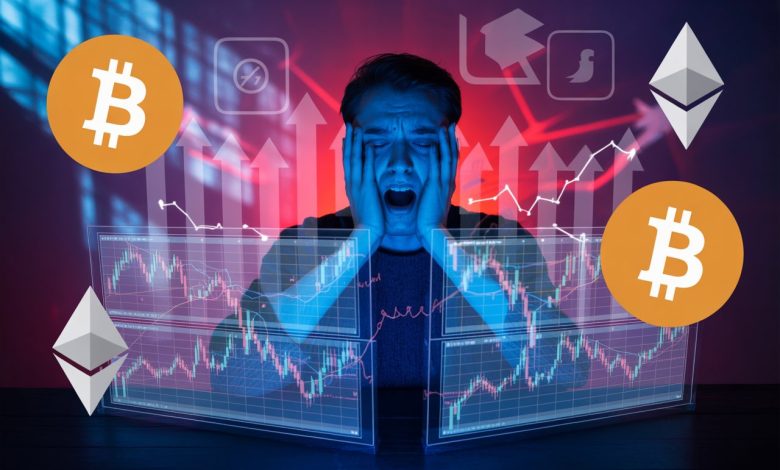
INTRODUCTION
FOMO in crypto trading is a complex psychological phenomenon that has become a defining force in the digital asset markets. As cryptocurrencies have exploded in popularity, the emotional landscape of trading has grown more intense and unpredictable. Unlike traditional markets, crypto trades around the clock, with prices swinging wildly at any hour. This constant activity, combined with stories of overnight millionaires and viral social media trends, creates a perfect environment for FOMO to thrive.
The fear of missing out is not just a fleeting feeling—it is a deep-rooted response to uncertainty, competition, and the desire for social validation. In crypto trading, this fear can override logic and careful planning, pushing even experienced investors to make snap decisions. The rapid pace of news, influencer endorsements, and the global nature of crypto mean that opportunities can appear and vanish in seconds, adding to the pressure.
For many, FOMO in crypto trading is fueled by more than just the prospect of profit. It is also about belonging to a community, keeping up with peers, and not wanting to be left behind in a technological revolution. This emotional cocktail can be exhilarating, but it also sets the stage for costly mistakes, stress, and disappointment.
Understanding the psychology of FOMO in crypto trading is essential for anyone looking to navigate this market with confidence. By exploring its causes, triggers, and effects in detail, traders can learn to recognize these emotional traps and develop strategies to make smarter, more disciplined decisions. This guide will take you deep into the heart of FOMO, equipping you with the knowledge to master your emotions and succeed in the fast-moving world of crypto trading
What is FOMO in Crypto Trading?

FOMO in crypto trading refers to the intense anxiety or fear that you might miss out on a potentially profitable opportunity if you do not act quickly. This emotion is especially common in the crypto market, where prices can rise or fall dramatically within minutes.
- Origins: The term FOMO has been used in psychology for years, but its impact is magnified in crypto due to the market’s 24/7 nature and global participation.
- Manifestation: Traders may feel compelled to buy a coin that is rapidly increasing in price, even if they have no prior knowledge or strategy for that asset.
- Consequences: This often leads to buying at the top of a price surge and selling in panic when prices correct, resulting in losses.
Example:
Imagine hearing about a new token that has doubled in price overnight. You see friends and influencers posting huge gains. Even if you planned not to invest, you feel pressured to join in, fearing you’ll miss the next big win.
Psychological Triggers of FOMO in Crypto Trading
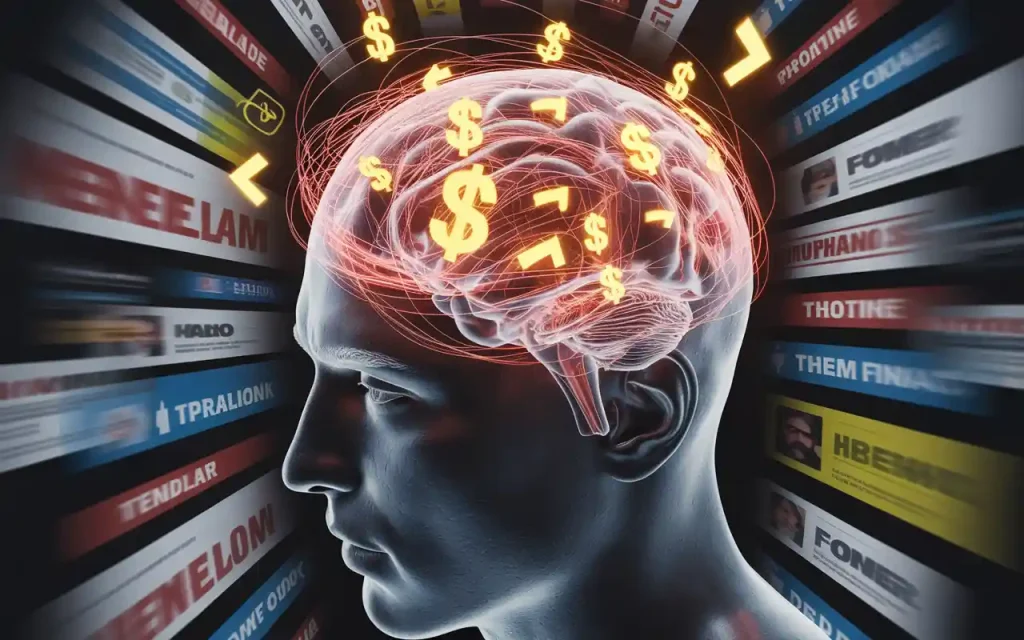
Social Proof and Herd Mentality
- Social Proof: Humans are wired to look to others for cues on how to behave, especially in uncertain situations. In crypto, seeing others profit creates pressure to join in, even without understanding the risks.
- Herd Mentality: This is the tendency to follow the crowd, believing that if many people are buying a coin, it must be a good idea. In reality, the crowd is often wrong, especially during speculative bubbles.
Detailed Example:
During the 2021 bull run, millions of traders bought into coins like Dogecoin after seeing viral tweets and celebrity endorsements. Many joined simply because “everyone else” was doing it, not because they believed in the project.
Loss Aversion and Instant Gratification
- Loss Aversion: Psychologically, the pain of missing out on a profit is often stronger than the pain of losing money. This drives people to act quickly, fearing they will regret inaction more than a bad decision.
- Instant Gratification: The crypto market offers the allure of quick riches. This desire for instant results encourages impulsive trades, often without research or planning.
Detailed Example:
A trader who missed the early surge in Ethereum may feel compelled to buy at a peak, just to avoid the regret of missing out again, even if the price is unsustainably high.
Information Overload
- Constant Updates: Crypto news, social media, and chat groups create a flood of information. It’s easy to get overwhelmed and feel like you’re always behind.
- Analysis Paralysis: Too much information can make it hard to make rational decisions, increasing the urge to act on emotion instead.
How FOMO Influences Crypto Market Behavior
| FOMO Effect | Description | Expanded Example |
|---|---|---|
| Increased Volatility | FOMO buying and panic selling create sharp price swings and bubbles. | Bitcoin’s price often spikes rapidly on positive news, then crashes as FOMO buyers exit. |
| Irrational Decision-Making | Traders ignore research, focusing only on potential rewards, not risks. | Buying a coin just because it’s trending on Twitter, without checking its fundamentals. |
| Herding Behavior | Investors copy others, creating feedback loops of buying or selling. | When a few big accounts shill a coin, thousands follow, amplifying price moves. |
| Market Manipulation | Scammers and influencers exploit FOMO to pump prices or promote scams. | “Pump and dump” groups coordinate to create FOMO, then sell at the top, leaving others with losses. |
| Emotional Stress | Anxiety and regret from poor trades harm mental health and trading performance. | Traders may lose sleep, obsess over charts, and feel guilt after FOMO-driven losses. |
Case Study: The Cost of FOMO in Crypto Trading
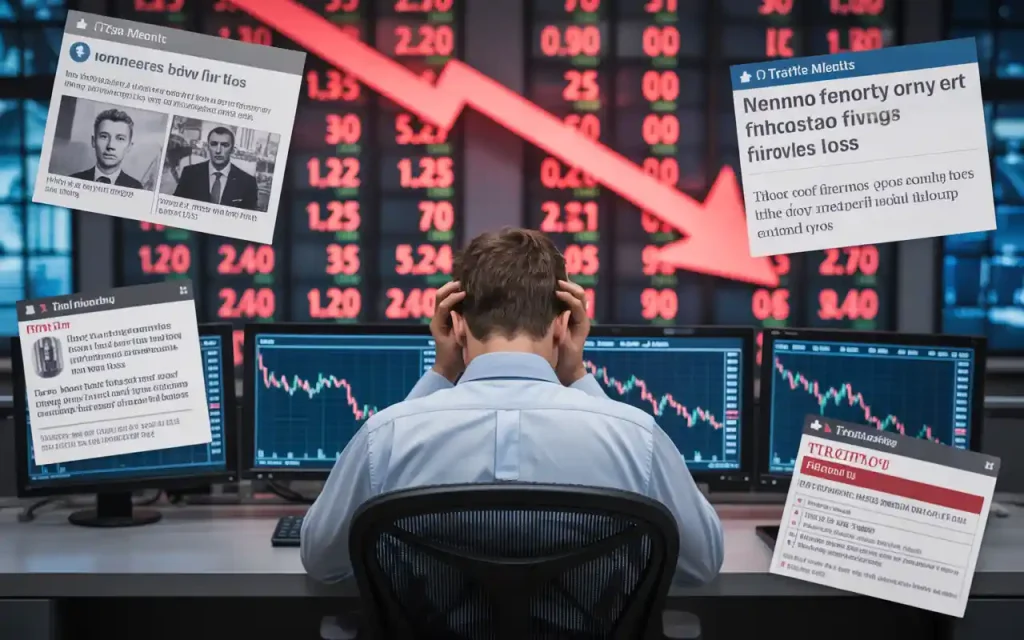
Real-Life Example:
John, an amateur trader, made a small profit buying a meme coin early. Encouraged by social media and friends, he invested $200,000 into another trending token at its peak, driven by the fear of missing out on even bigger gains. Within 48 hours, the token crashed, and John lost most of his investment.
Analysis:
- John ignored his original trading plan.
- He acted on hype and emotion, not research.
- The loss affected his confidence and mental health, making it harder to recover.
Lesson:
FOMO in crypto trading can quickly turn excitement into devastating losses, especially when driven by hype and social proof.
Emotional and Cognitive Biases in FOMO

Fear and Greed
- Fear: The anxiety of missing out on profits pushes traders to act quickly, often without thinking.
- Greed: The desire for more can cloud judgment, leading to riskier bets.
Confirmation Bias
- Traders seek out information that supports their desire to buy, ignoring warnings or red flags.
- Example: Only reading positive news about a coin you want to buy, and dismissing negative analysis.
Overconfidence
- Early wins can make traders believe they are smarter than the market, leading to bigger and riskier trades.
- Example: After a lucky gain, a trader increases their position size, believing they have a “system.”
Recency Bias
- Recent events (like a sudden price surge) feel more important than long-term trends.
- Example: Believing a coin will keep rising just because it has done so in the past week.
Recognizing FOMO in Yourself

Signs you are experiencing FOMO in crypto trading:
- You feel anxious or restless when you see others posting profits.
- You check prices and news obsessively, afraid of missing an opportunity.
- You buy coins without research, just because they are trending.
- You regret trades almost immediately, especially if prices move against you.
- You find it hard to stick to your trading plan or rules.
Self-Check Questions:
- Am I making this trade based on a plan or emotion?
- Have I researched this asset, or am I following the crowd?
- Would I still make this trade if no one else was talking about it?
Strategies to Overcome FOMO in Crypto Trading
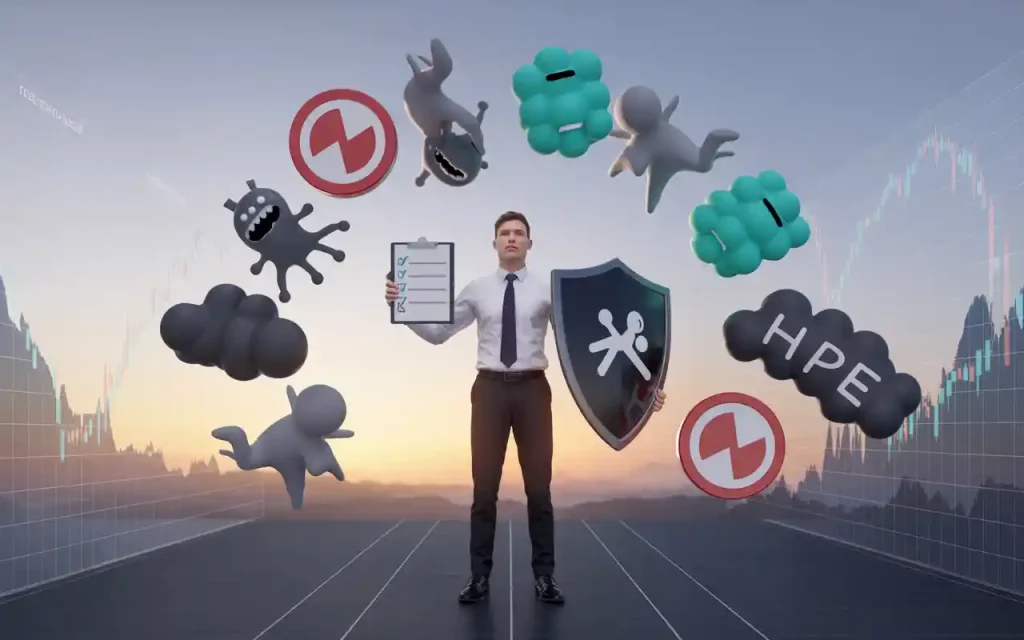
1. Develop a Clear Trading Plan
- Set specific entry, exit, and risk management rules before you trade.
- Write down your plan and review it before making decisions.
- Example: “I will only buy coins that meet my technical and fundamental criteria, and I will sell if they drop 10% below my entry.”
2. Do Your Own Research (DYOR)
- Investigate the project’s team, use case, tokenomics, and community.
- Avoid making decisions based only on social media or influencer hype.
- Use multiple sources to verify information.
3. Manage Emotions and Expectations
- Practice mindfulness or journaling to track your emotional triggers.
- Remind yourself that missing one opportunity does not mean you will miss all.
- Set realistic goals for returns and accept that losses are part of trading.
4. Use Cognitive-Behavioral Techniques
- Challenge irrational thoughts: “Just because others are making money doesn’t mean I have to act now.”
- Reframe missed opportunities as learning experiences, not failures.
5. Protect Yourself from Scams
- Be skeptical of projects that use urgency or hype to pressure you into buying.
- Remember that many “too good to be true” opportunities are scams.
- Double-check claims and avoid sharing personal information or funds with unverified sources.
6. Learn from Mistakes
- Review your past trades and identify where FOMO influenced your decisions.
- Adjust your strategy to avoid repeating the same errors.
- Celebrate disciplined trades, even if they don’t result in big profits.
7. Leverage Community Support
- Join forums or groups focused on education and analysis, not just hype.
- Share your experiences and learn from others’ mistakes and successes.
- Avoid echo chambers where only positive outcomes are discussed.
The Role of Social Media and Influencers
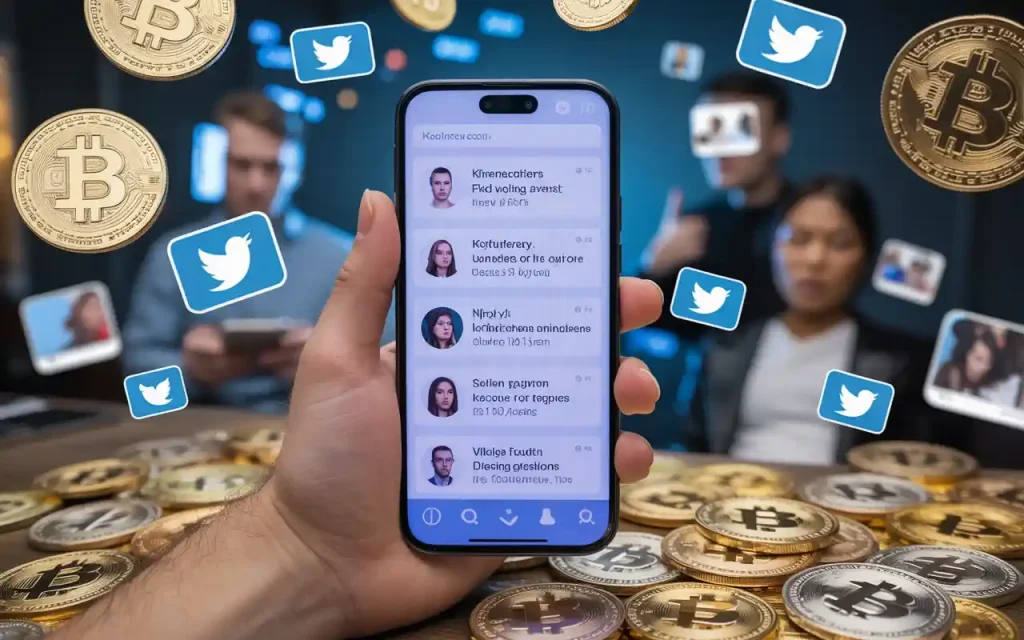
FOMO in crypto trading is often amplified by social media platforms like Twitter, Telegram, and Reddit.
- Influencers: Many influencers promote coins for personal gain, sometimes being paid to create hype.
- Virality: Trends can go viral in minutes, creating a sense of urgency that pressures traders to act fast.
- Echo Chambers: Groups may only share positive news, making it seem like everyone is winning, even when risks are high.
Tip:
Always question the motives behind social media posts. Ask yourself if the information is reliable and if the person sharing it stands to benefit from your actions.
FOMO vs. Healthy Risk-Taking
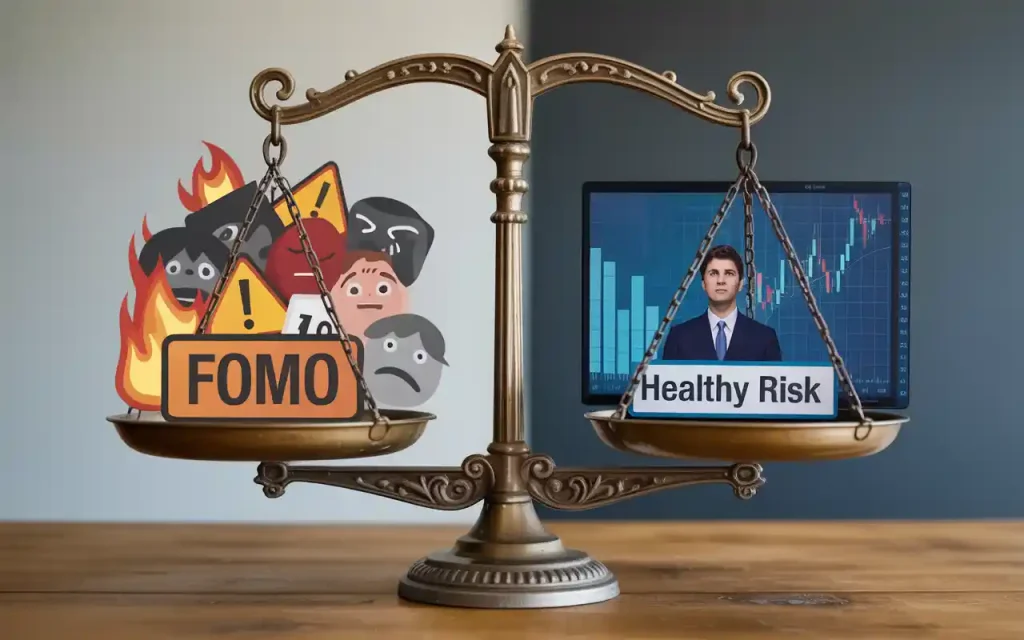
| Aspect | FOMO in Crypto Trading | Healthy Risk-Taking |
|---|---|---|
| Decision Basis | Emotion, hype, and fear | Research, planning, and analysis |
| Timing | Impulsive, rushed | Patient, waits for right opportunity |
| Risk Management | Often ignored | Strictly followed |
| Emotional Impact | Anxiety, regret, stress | Confidence, learning, growth |
| Long-Term Outcome | Often leads to losses and burnout | Builds discipline and sustainable gains |
Quotes from the Article
- “FOMO causes investors to act out of fear of missing out on profits. In the crypto market, FOMO is often caused by hype on social media and rising prices, leading to rash decisions and potential losses.”
- “FOMO in crypto trading is not just a fleeting feeling—it is a deep-rooted response to uncertainty, competition, and the desire for social validation.”
- “The most successful traders are those who master their emotions as well as the markets.”
- “For many, FOMO in crypto trading is fueled by more than just the prospect of profit. It is also about belonging to a community, keeping up with peers, and not wanting to be left behind in a technological revolution.”
- “By understanding its triggers, recognizing your own biases, and applying disciplined strategies, you can protect your capital and make smarter, more confident trading decisions.”
Highlighted Points from the Article
- FOMO in crypto trading is a powerful emotional force that shapes decisions and can lead to impulsive actions and losses.
- The 24/7 nature and high volatility of crypto markets make FOMO especially intense.
- Social proof, herd mentality, loss aversion, and instant gratification are key psychological triggers of FOMO.
- Information overload and viral social media trends can overwhelm traders and increase FOMO-driven decisions.
- FOMO leads to increased volatility, irrational decision-making, herding behavior, and emotional stress.
- Case studies show that FOMO can result in devastating financial losses, especially when traders ignore their plans and follow hype.
- Emotional and cognitive biases such as fear, greed, confirmation bias, overconfidence, and recency bias amplify FOMO.
- Recognizing FOMO in yourself is crucial—look for anxiety, impulsive trades, and regret after decisions.
- Practical strategies to overcome FOMO include:
- Developing a clear trading plan
- Doing your own research (DYOR)
- Managing emotions and expectations
- Using cognitive-behavioral techniques
- Protecting yourself from scams
- Learning from mistakes
- Leveraging community support
- Social media and influencers often amplify FOMO by promoting hype and urgency.
- Healthy risk-taking is based on research and planning, while FOMO-driven trading is emotional and impulsive.
- Understanding and mastering FOMO is essential for long-term success in crypto trading.
Frequently Asked Questions
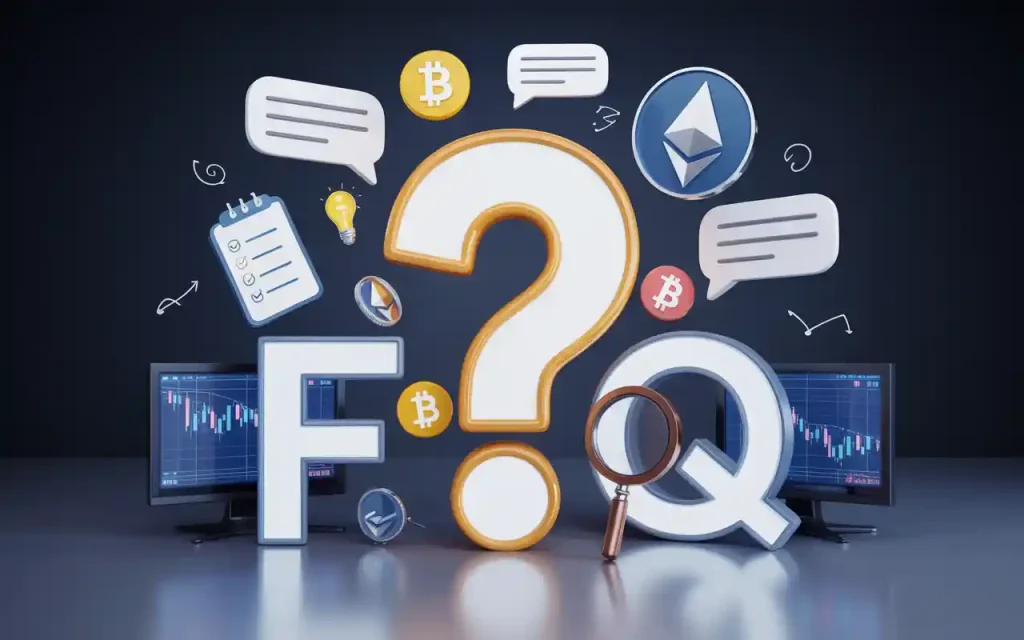
Q: Is FOMO always bad for crypto traders?
A: While FOMO can sometimes alert you to new opportunities, acting on it without research or a plan usually leads to poor decisions and losses.
Q: Can experienced traders avoid FOMO?
A: Even experienced traders feel FOMO, but they use strict plans, research, and emotional control to reduce its impact.
Q: How can I tell if I’m trading due to FOMO?
A: If your decision is based on hype, anxiety, or fear of missing out—rather than solid analysis—you’re likely trading due to FOMO.
Q: What should I do if I missed a big move?
A: Accept that there will always be missed opportunities. Focus on your strategy and wait for the next setup that fits your plan.
Conclusion
FOMO in crypto trading is a powerful psychological force that can lead to costly mistakes and emotional stress. By understanding its triggers, recognizing your own biases, and applying disciplined strategies, you can protect your capital and make smarter, more confident trading decisions. The most successful traders are those who master their emotions as well as the markets.


